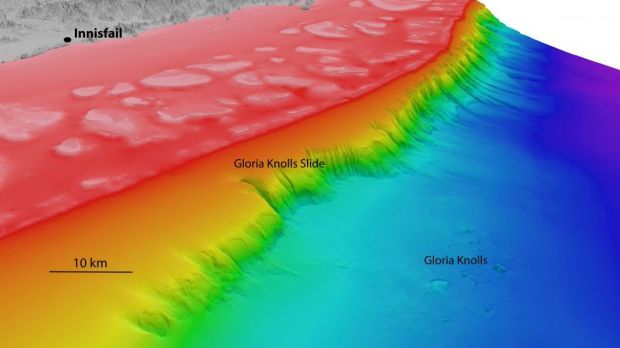The Great Barrier Reef has been hiding its own natural wonder - a massive undersea landslide about 30 times the size of Uluru.
Scientists have discovered remains of the slip, which occurred more than 300,000 years ago, off Innisfail on the north Queensland coast.

Large blocks, or knolls, and smaller blocks were found scattered up to a depth of 1350m more than 30km from the main remnants of the slip known as the Gloria Knolls Slide.
Scientists unearthed the remnants from the sediment collapse, estimated at 32 cubic kilometres in volume, while conducting 3D multibeam mapping on the deep sea floor.
"We were amazed to discover this cluster of knolls," James Cook University scientist Robin Beam said.
"In an area of the Queensland Trough that was supposed to be relatively flat were eight knolls, appearing like hills, with some over 100m high and 3km long."
University of Granada scientist Angel Puga-Bernabeu said the oldest fossil corals recovered off the top of a sample knoll were 302,000 years old, which meant the landslide was older.
The sample, taken from a depth of 1170 metres, identified a remarkable cold-water coral community of living and fossil cold-water coral species, gorgonian sea whips, bamboo corals, molluscs and stalked barnacles.
Scientists believe the discovery of the undersea landslide and its vast debris field in the deep Great Barrier Reef reveal a far more complex landscape than previously known.
More seabed mapping and sampling is required to assess the tsunami hazard to the Queensland coast posed by underwater landslides.
AAP